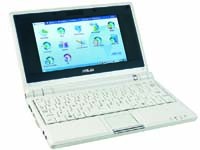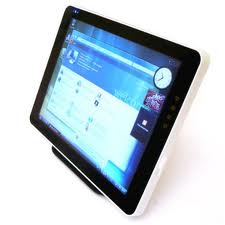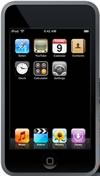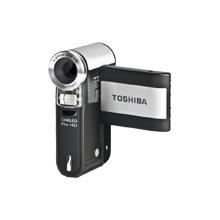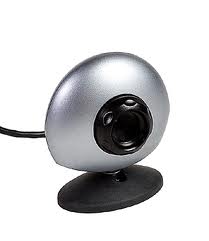|
Netbook
or notebok computers are reasonable priced and can be "anytime
/ anywhere" devices which can be used and then put down
- they are small enough and powerful enough for most classroom
uses and will run open
source software - which can make the operation very cheap.
Look for netbooks which have:
- Are about a 7" screen
and weigh less than 1Kg - smaller and lighter than many textbooks!
- A solid-state hard drive
provides fast boot-up / shut-down and preserves pupils' files
- Have an integrated webcam,
microphone and speakers for easy web video-conferencing.
- Have integrated 802.11g/n
wireless and optional 3G module provide great connectivity.
- Have integrated card-reader
(usually SD cards) and at least two USB 2.0 ports which provide
a simple way to add additional storage and easy connection
for peripherals.
- Full-size VGA-out for connection
to projectors or monitors.
Prices on netbook computes can
range from about £250 to about £500 |
 |
 |
|
The next generation
of ultra-portable computers are the slate. These offer very
similar functionality to the laptop or the netbook but often
have no physical keyboard and input is done on a touch screen.
The first of the modern generation of these was the iPad but
there are now others running Android and Windows. They generally:
- Have a touch screen between
7" (17cm) and 9" (23cm)
- Have wireless, bluetooth
and G3/G4 connectively to the web
- Will run 'Apps' - small pieces
of software that can be bough via the web
- May or may not have SD card
/ USB support
Slates are still expensive ranging
from about £350 to about £800 |
 |
 |
|
Think about
how you could utilise the devices that the pupils have in their
pockets - esp the portable mobile computing devices - sometimes
known as 'phones! Modern phones can do an incredible number
of things (some of them do not even phone - like the iPod touch)
have a look at your own:
- It probably has /
can: Alarm Clock, Sends SMS messages, Sends picture
messages, Sends video messages, A Calculator, A Currency Exchange,
A Diary, An Address Book, A Phone Book, A Camera, A Video
Camera, A Music player, Play games
- It possibly has /
can: Allows video conferencing, Surfs the internet
(3G/4G), Surfs the internet (wi-fi), Receives and send e-mail,
Portable storage device, Sends files via bluetooth, Video
player, Edits music, Edits video, World Time, Radio, Dictaphone,
Voice recognition, Skype, Instant Messaging, Watch TV, GPS
Prices range from about £100
to about £300 |
 |
 |
|
Recording children
has some pitfalls and you need to ensure you have clear policies
in place but there are huge pedagogic advantages in recording
children to capture achievement and develop literacy and oracy
skills. This can be done with voice recorders and with sound
recorders. The easiest to use have a USB connector which can
be plugged directly into the computer, the files can then be
edited with one of the open
source sound editors.
Prices range from £40.00
to about £150 |
 |
 |
|
Handheld
digital still / video cameras are a huge asset in the classroom.
"Children are natural filmmakers" (David
Putnam) and the opportunities for children to be involved in
making podcasts, films, narrative, video, documentary etc..
[See MMI
web for details of a children as filmmakers course]. There
are a range of cameras available which can be used with children
from 4 to 18. Do look for:
- Storage capacity [in terms
of time of video]
- How you transfer the data
from the device to your computer / TV
- How much zoom you get
- The quality of the sound
[generally the weakest function of these devices]
- Storage is also an important
factor and many devices will use SD or compact flash cards
or record onto solid state drives on the device.
- Check if the device has an
internal rechargeable battery or if batteries are needed
Prices range from £40.00
to about £150 |
 |
 |
|
An external
webcam can transform a maptop into a video-conferencing device,
or can be added to the top of a whiteboard to make a whole class
peer-peer conference. It could also be used as a device for
an individual pupil to record their ideas, thoughts, feelings.
It can also be used as a visualiser for objects on the teacher'
desk or a roaming visualiser to share pupils' achievement.
They tend to come as USB devices
or wireless devices and are reasonably simple to install.Check
the:
- Quality of the image it produces
- If it has a microphone built
in
- If there is a linked light
source
The prices range from £10
to about £40 (wired) and from £40 to £100
(wireless) |
|

